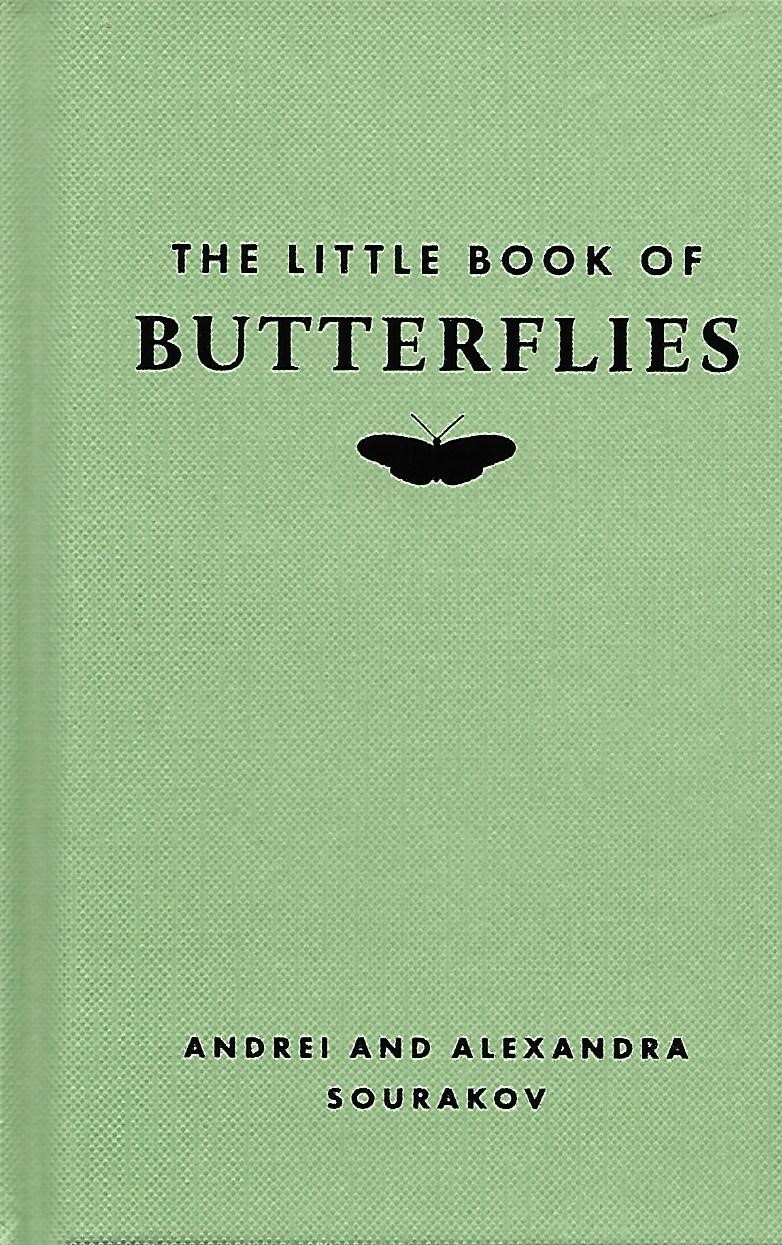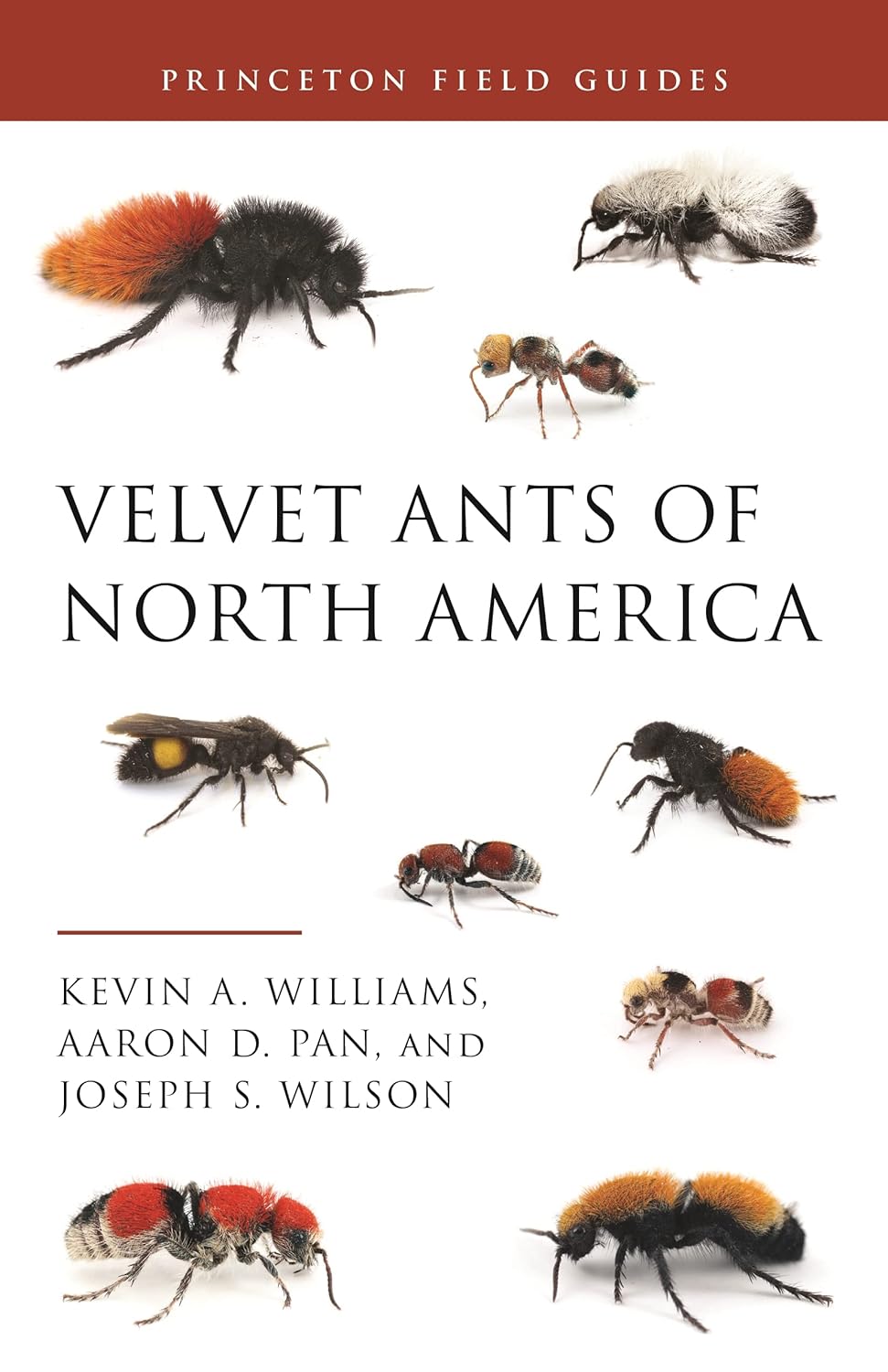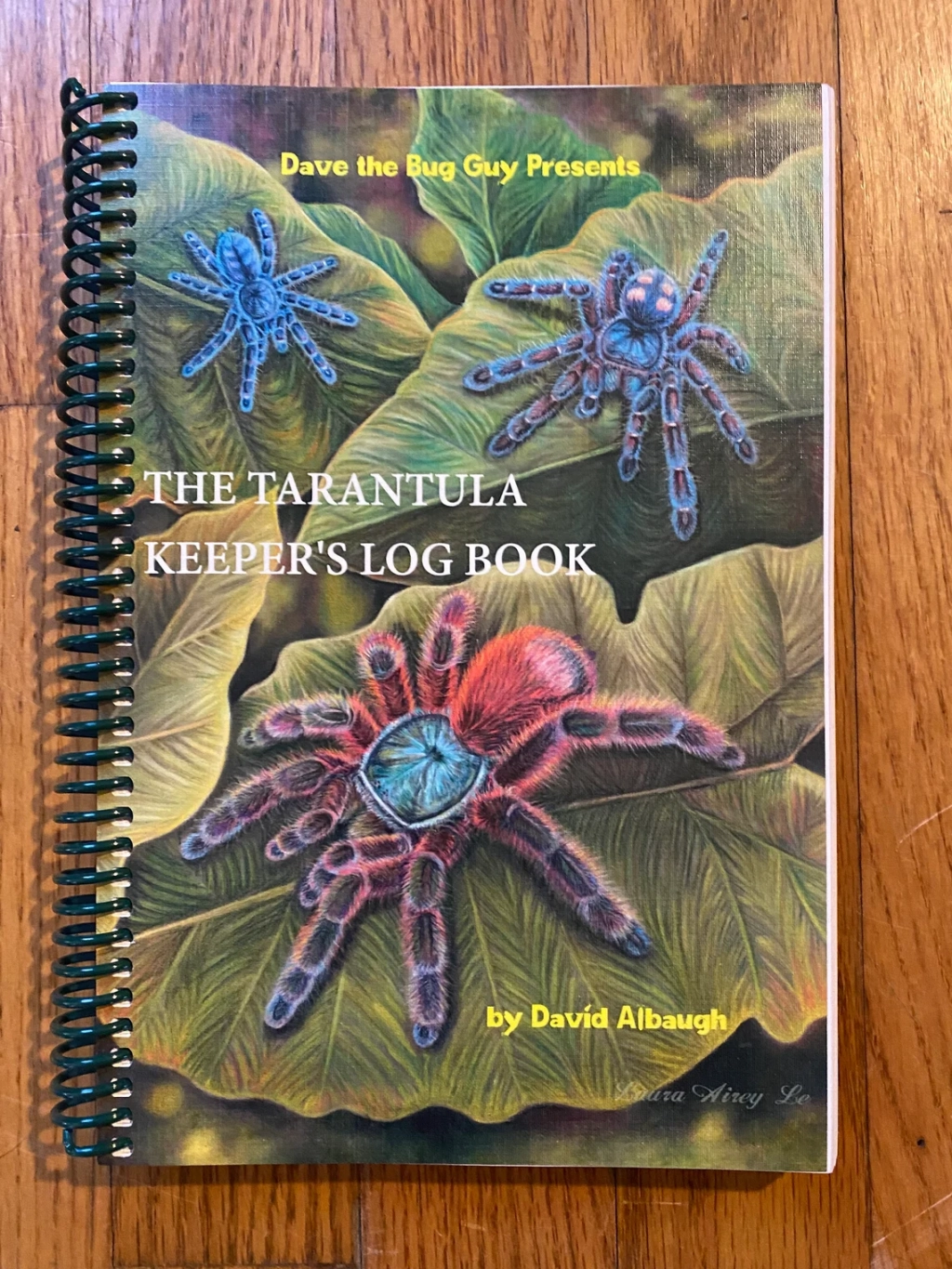The monarch butterfly, Danaus plexippus, is perhaps the most popular butterfly in the world. Its large size and contrasting orange and black coloration make it highly recognizable and its annual migration of up to 3,000 miles south make it seen by more people than perhaps any other species of butterfly in the world.


The eggs of the monarch butterfly are large (by butterfly egg standards) and are a yellowish-cream color with longitudinal raised ridges. They are usually laid singly on the underside of the young leaves of the milkweed (Asclepias) plant and can imitate the sap of the leaf, perhaps protecting it from predation. They are relatively easy to find though in past years, with the numbers of monarch butterflies decreasing, they are becoming less common. The eggs can take three to eight days to develop and hatch and in her lifetime, a female monarch can lay 300 or more eggs.


When the caterpillar first hatches out, it is a translucent green color lacking the striping that has made this caterpillar so popular. It is during the second instar that the striped colors become evident and the black tentacles on both the thorax and abdomen start to develop. All instars of the caterpillars are usually easy to find on milkweed. They increase their size more than 2,000 time from the time they hatch out of the egg until the time they form their chrysalis. The yellow, black and white stripes make this caterpillar almost as recognizable as the adult butterfly. When the time arrives, the caterpillar searches for a protected spot to form it’s chrysalis. It spins a silk pad and then hangs upside down by its hind legs.


The chrysalis is absolutely gorgeous. The base color is an opaque, greenish-blue with a line of black and white along the top ridge, edged in gold. There are also some gold dots along the bottom. It usually takes eight to fifteen days for the butterfly to develop within and as it gets closer to hatching time, the black, orange and white colors of the adult butterfly start to show through the skin of the chrysalis.



The adult monarch butterfly has a wingspan that can reach four inches. The males have a much brighter orange than females, who can appear more brown. On the hindwings of the males are two black dots of androconial scales, making identification of males and females quite easy. The black veins in the females tend to be thicker than in males as well.


~David Albaugh






Leave a comment